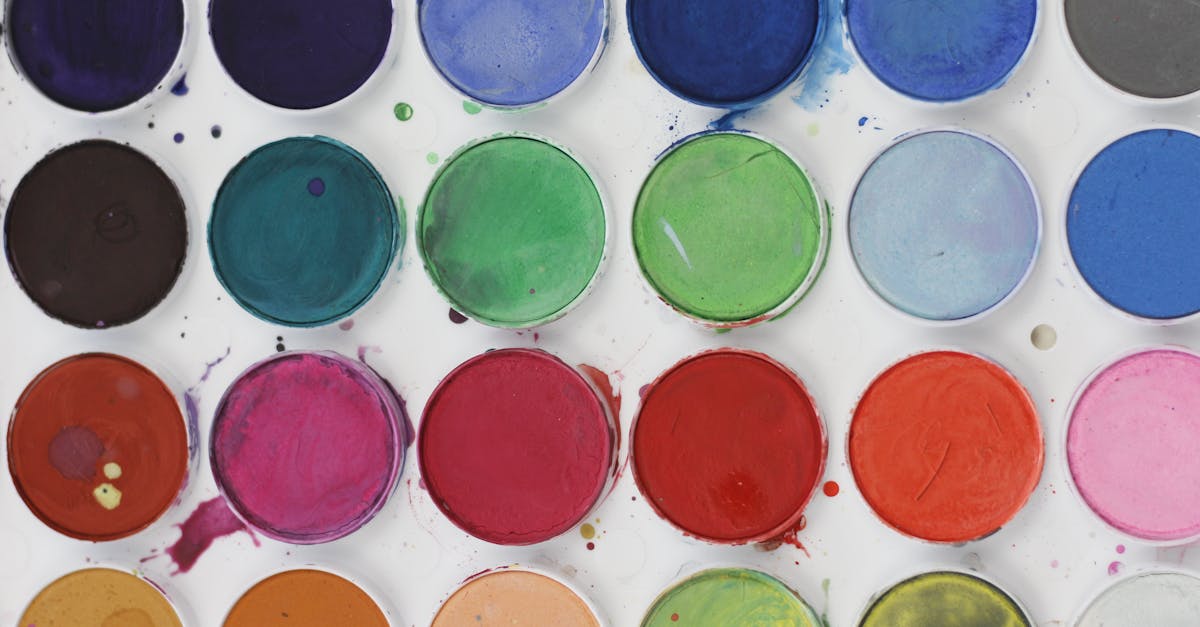Crochet is a versatile and therapeutic craft that not only allows you to create beautiful pieces but also offers numerous mental health benefits. Whether you’re a beginner looking to dive into the world of crochet or seeking to expand your skills, incorporating techniques such as hairpin lace and tapestry crochet can provide a new dimension to your projects. Here are six recommendations to help you on your crochet journey while focusing on techniques like hairpin lace, tapestry crochet, and improving mental well-being.
1. Start with the Basics:
Before diving into more advanced techniques like hairpin lace and tapestry crochet, it’s crucial to master the basics. Familiarize yourself with essential crochet stitches such as chain stitch, slip stitch, single crochet, double crochet, and treble crochet. Practice these stitches until you feel comfortable with the movements and tension.
2. Explore Hairpin Lace:
Hairpin lace is a captivating crochet technique that involves creating strips of lace using a hairpin lace loom. By mastering this technique, you can add intricate lace patterns to your projects, such as shawls, scarves, and blankets. Experiment with different yarn weights and colors to create unique and visually appealing designs.
3. Embrace Tapestry Crochet:
Tapestry crochet is a method that allows you to incorporate multiple colors into your projects, creating stunning pixelated designs. Practice changing colors seamlessly and carrying yarn along the back of your work to avoid tangled or loose threads. Tapestry crochet opens up a world of creative possibilities, allowing you to express your individual style through vibrant patterns.
4. Focus on Crochet Stitches:
While learning new techniques like hairpin lace and tapestry crochet, don’t forget to hone your crochet stitch skills. Experiment with textured stitches like bobble stitch, popcorn stitch, and shell stitch to add depth and visual interest to your projects. Understanding different crochet stitches will enhance your versatility as a crocheter and enable you to tackle more complex patterns.
5. Prioritize Mental Well-Being:
Crocheting is not just about creating handmade items but also about nurturing your mental health. Engaging in crochet projects can reduce stress, anxiety, and depression by promoting relaxation and mindfulness. Set aside dedicated time for crochet sessions to unwind and focus on the present moment. Use crochet as a form of self-care and self-expression, allowing yourself to recharge and rejuvenate through the creative process.
6. Join Crochet Communities:
Connect with fellow crocheters online or in local crochet groups to share tips, inspiration, and support. Engaging with a community of like-minded individuals can foster creativity, motivation, and a sense of belonging. Participate in crochet-alongs, workshops, and events to expand your skills and connect with others who share your passion for crochet. Building a network of crochet enthusiasts can enhance your learning experience and provide avenues for collaboration and growth.
By incorporating these recommendations into your crochet practice, you can enhance your skills, explore new techniques like hairpin lace and tapestry crochet, and prioritize your mental well-being. Remember that crochet is a journey of creativity and self-discovery, so embrace the process and enjoy the therapeutic benefits it offers. Happy crocheting!


